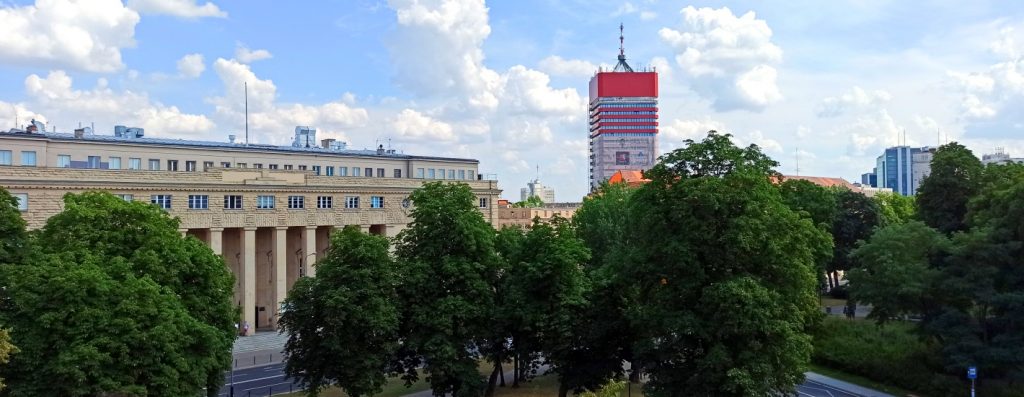
In recent years, the Web has been transforming from a huge repository of information to a complex computing ecosystem. It is composed of information resources (data, textual content, multimedia) and information processing facilities (workflow systems, services, smart items). This ecosystem addresses needs of individual users as well as organizations and as such, is more eagerly used as a platform for business co-operation.
The accessibility of affordable computing power is growing steadily. The era of monolith systems has finished and new trends propose to create systems using services coming from different providers and exploiting various computing resources. This poses new challenges including selection of services, composition of functionalities out of atomic services, automatic creation of functional and non-functional description of services as well as dealing with distributed ownership of components. With regard to these issues, we also need to study business models and provide recommendations for take-up of these trends.
We also observe a rapid shift towards more ad hoc and flexible interactions between mentioned components. Information resources and processing resources have to be merged easily, providing platforms for co-operation. The glue that makes these interactions possible is shared semantics varying from formal representations by means of Semantic Web technologies to informal metadata schemas such as folksonomies. Semantic technologies combined with business process management technologies as well as with Web 2.0 research outcomes, provide many new possibilities that may be exploited by companies while building enterprise applications.
The new ways of using the Web oblige us to look for novel methods and techniques of resources management and acquisition both for individuals and enterprises and their processes. Providing all users with the ability to create content resulted in an abundant contributions of varying quality. Moreover, while the amount of potentially interesting resources that may be exploited by users is growing, the problem of content overflow emerges. The major challenge with regard to this is the content organization and searching. To enable usage of developed resources they need to be described with enough semantics and be relevant not only to the needs but also to the current context of specific person, business entity or executed process.
Therefore, it is our mission to provide tools that help to acquire and manage various resources both in a continuous manner (scenario called filtering) and in an ad hoc setting (scenario called retrieval) and then help to combine the acquired artifacts according to requester’s needs (being an individual or an enterprise). In both cases, it is our objective to consider a variety of technological, functional and economical factors influencing relevance of acquired entities and to ensure enough semantics for their automated or semi-automated usage.
Three pillars of our research:
- Content acquisition,
- Information and content extraction
- Information and content indexing and annotation
- Ad hoc information acquisition
- Continuous information acquisition
- SOA and services,
- Services interactions
- Business services and cooperation between multiple parties
- Enterprise platforms and processes.
- Business process management
- Collaborative environment